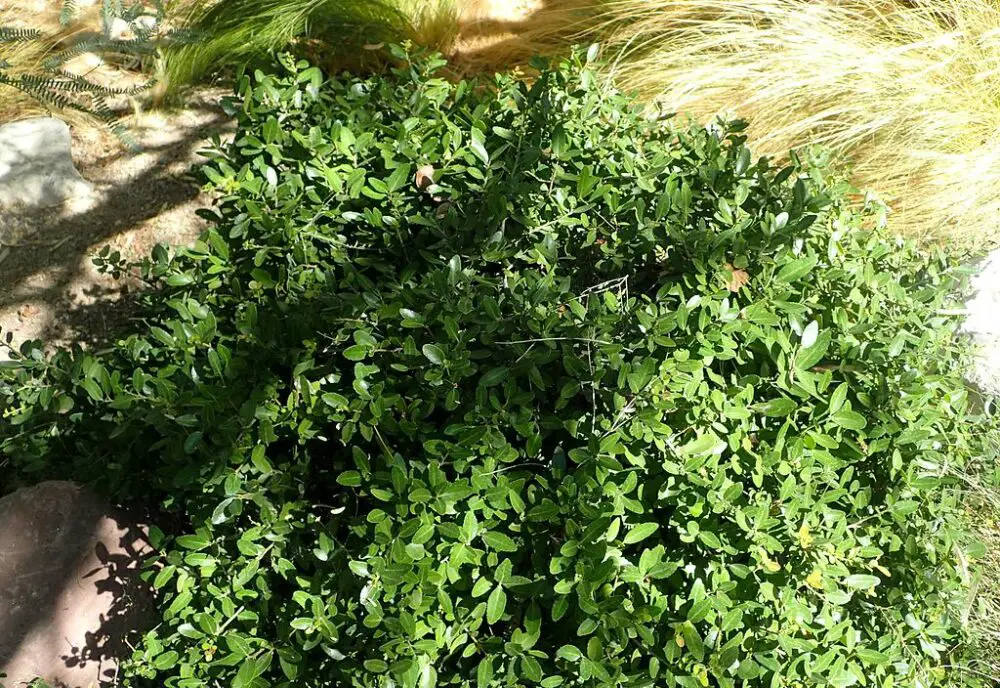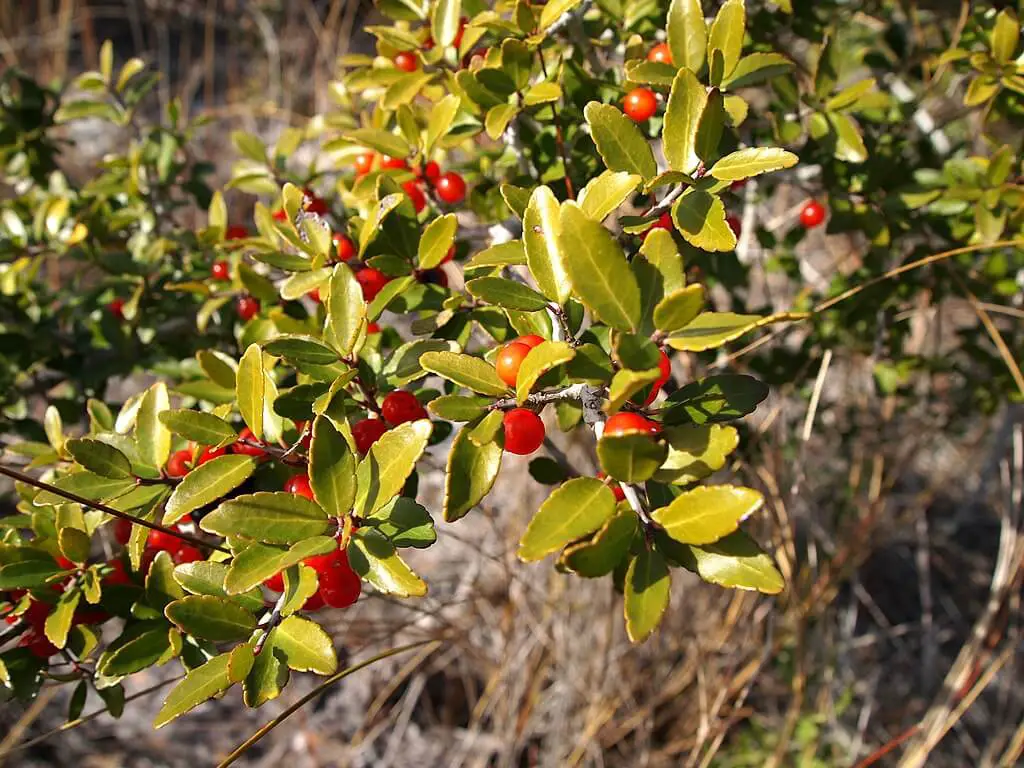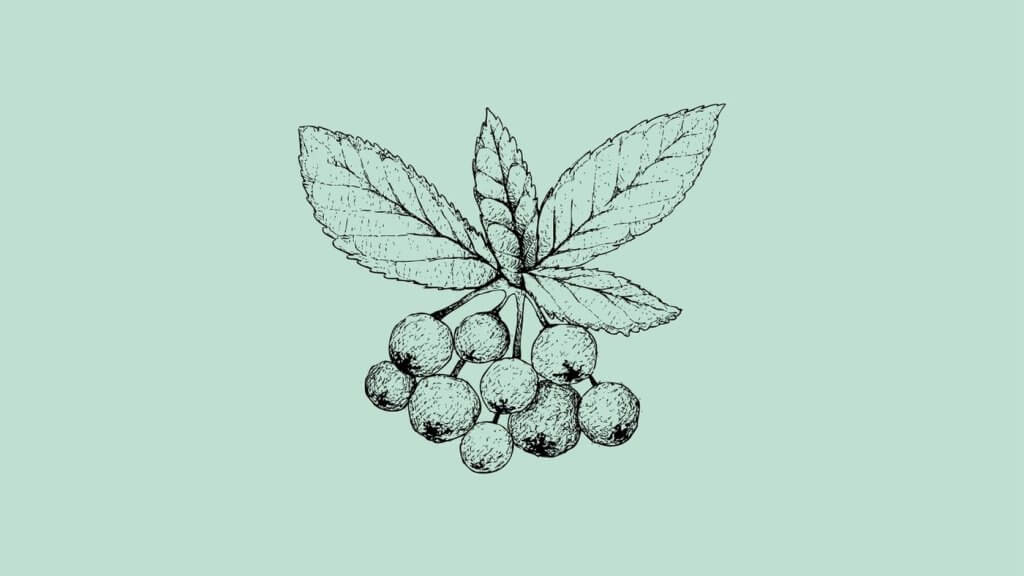With a scientific name like Ilex vomitoria, yaupon holly may sound unappealing, but this slow-growing and dioecious evergreen shrub is an attractive addition to any garden. Yaupon holly’s leaves have edible properties but aren’t generally eaten directly. The red fruits or berries are not edible and can cause extreme intestinal upset.
Ilex vomitoria plant guide
Yaupon holly is a member of the Aquifoliaceae family and has greenish-white flowers that grow against a background of glossy, ovate, dark green leaves.
Yaupon holly flowers have a spring bloom time, but during the winter give rise to bright red berries on the female plants.
Ilex vomitoria adds beauty to both spring and winter landscapes with its showy display of flowers and berries.
What Are You Foraging For Right Now?
We're thrilled to hear your ideas. What would you like to submit today? Feel free to share your thoughts and experiences with us.
Two common cultivars of yaupon holly are routinely found in gardens across the south.
- Ilex vomitoria var. nana, or dwarf yaupon: Dwarf yaupon is often trimmed into hedges or topiaries.
- Ilex vomitoria var. pendula, or weeping holly: Weeping holly is typically grown as a small tree with dramatic, drooping branches.
Why is it called Ilex vomitoria?
The name, Ilex vomitoria, comes from its use by American Indians as a ceremonial tea.
It also distinguishes itself by being the only caffeinated plant native to North America. The caffeine content and the subsequent neurological effects made it a desirable and useful plant to North American tribes.
Native Americans would brew this tea using the leaves of Ilex vomitoria and consume it in large quantities.
These ceremonies required fasting and then drinking the strongly brewed tea. This over-indulgence routinely led to vomiting – hence the name.
The regurgitation was equated with purification and spiritual cleanliness. It’s likely, however, that the emetic effects were due more to the strength and quantity of tea and consumption in a fasted state than to the plant properties themselves.

Where does yaupon holly grow?
Yaupon holly is a native plant to the southeastern United States.
It’s commonly found growing in North Carolina, Texas, and Florida, where it prefers:
- Maritime forests
- Salt marshes
- Coastal plains
This versatile plant is tolerant of hot and cold conditions and works well in USDA hardiness zones 7-11.
Is Yaupon holly edible?
Yaupon holly’s leaves have edible properties but aren’t generally eaten directly. The red fruits or berries are not edible and can cause extreme intestinal upset.
The traditional use of yaupon holly is to make tea out of dried leaves. This tea is sometimes referred to as,
- Black drink
- Cassine
- Cassina
Are the berries poisonous?
Although eaten by birds and some grazing animals, the yaupon berries are considered toxic to humans and should not be consumed.

What is Yaupon holly tea, and how to make it?
Yaupon holly is a close cousin of South American Yerba Mate and thus prepared and used similarly.
Both plants produce caffeinated tea that are said to have medicinal benefits.
Yaupon tea can be made from fresh green leaves, dried leaves, or a combination of the two.
Drying the yaupon leaves is easy and can be done in three ways.
- Natural drying: This entails simply picking the leaves and allowing them to sit and air dry over a few days.
- Dehydrator: If you have a food dehydrator, you can place leaves inside and follow your machine’s instructions allowing the leaves to become dark and crisp. You can also do this in your oven by placing leaves on a sheet pan and cooking at 200 degrees for 2-3 hours or until the leaves appear dried and break apart easily.
- Roasting: Roasting will increase the strength of flavor and intensity of the tea. To roast yaupon holly leaves, place them on a sheet pan and bake at 400 degrees for about 15 minutes.
Once your leaves are ready, they can be stored in an airtight container indefinitely.
To make a cup of tea, place dried leaves in a strainer, pour boiling water over them, and let steep for 2-4 minutes. The longer they steep, the stronger the tea.
Yaupon tea Medicinal benefits
Besides the energizing properties of caffeine, yaupon tea boasts a number of other health benefits as well.
- Anti-inflammatory: The many polyphenols found in yaupon tea aid in reduction of chronic inflammation within the body.
- Antioxidant dense: Yaupon tea contains a wide variety of antioxidants that help to neutralize free radicals within the body. This can aid in the prevention of heart disease and reduce the risk of some cancers.
- Increased focus: Yaupon tea also contains a unique compound called theobromine which has been shown in some studies to improve brain function. Caffeine can also aid in this.
It’s recommended that no more than 5-7 cups of yaupon tea be consumed daily due to its caffeine content.
How to grow and care for this plant
Yaupon holly is a somewhat easy plant to grow and maintain once established.
- When planting, choose an area with full sun. In particularly hot climates, it will also do well in part shade.
- Yaupon will tolerate most soil types – acidic, neutral, alkaline – but should be kept moist until established. Once established, it has fairly low water needs.
- Because it is dioecious, you will need to plant both a female plant and a male pollinator for yaupon to flower and fruit.
Propagation
- Cut small branches below a cluster of leaves.
- Apply rooting hormone to the base newly cut branch.
- Wrap in perlite and place in a coarse sandy mixture.
- Keep moist for 8-10 weeks.
Sometime within that 8–10-week timeframe, new roots will have formed, and you can transplant into a larger pot filled with loamy soil.
New yaupon cuttings should be grown in a container for the first year and then transplanted to your garden.
Light pruning of the suckers that will grow at the base of the shrub is recommended to keep yaupon holly tidy and clean. If allowed to grow unchecked, it can become tangled and create thickets.
Lorin is a writer, photographer and nature enthusiast in Sacramento, CA. In addition to gardening, she makes a regular practice of forging for edible plants and flowers. Nature nourishes if you know where to look.

